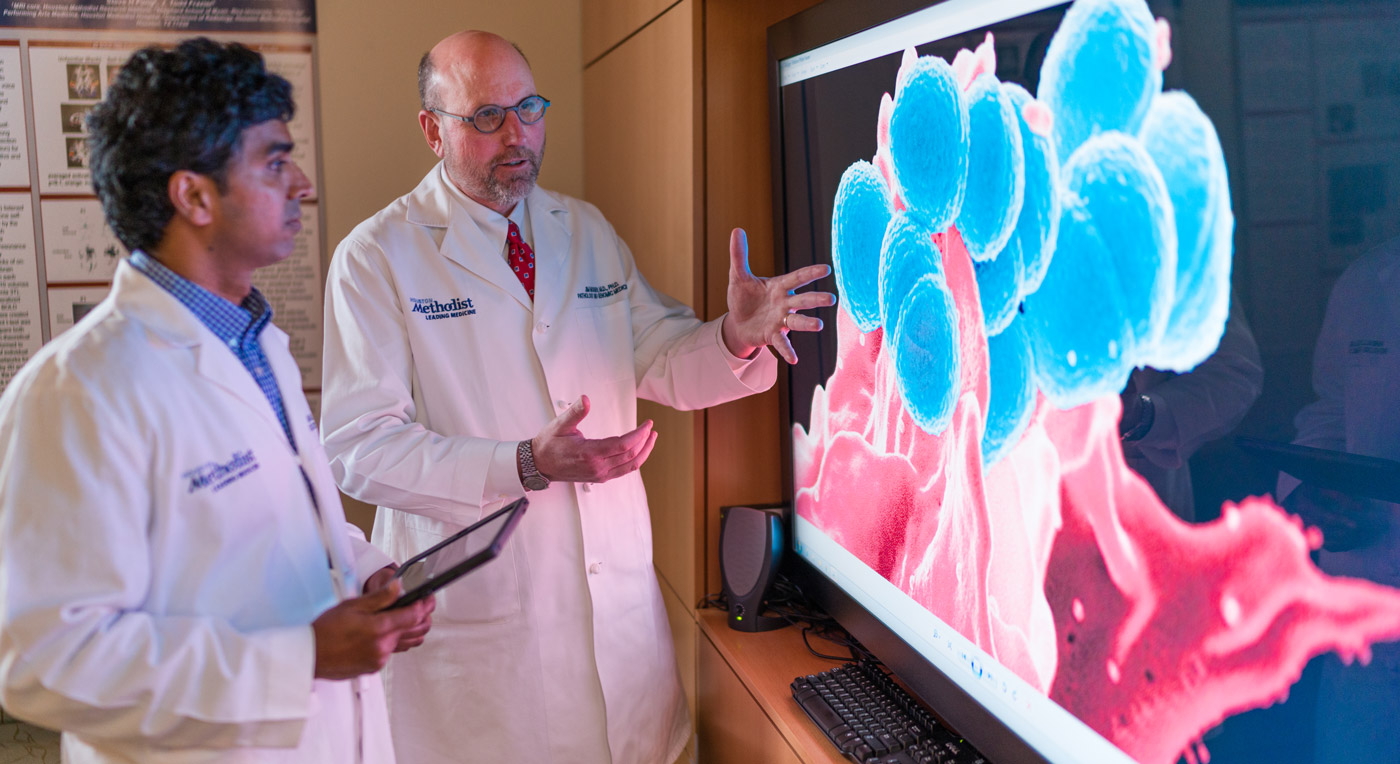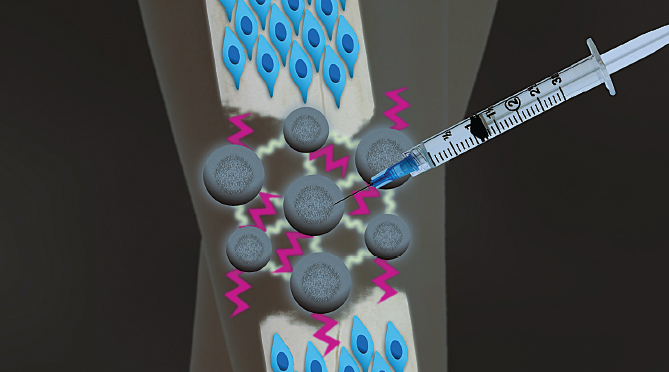Science in Service
of
Medicine
President's Letter
Metrics 2019
Cycle of a Cure
Discovery to Clinic


Introduction

Precision Medicine


Introduction

Tracing Tau to Tackle Alzheimer's Disease

Translational Imaging Center Revamps for Revolutionary 7T MRI

Hope for Slowing ALS

The Heart of Progress: Innovative Valves Create a Legacy for the Future

Test-Driving Carbon Fiber Materials in Space

Lab-on-a-chip Shines Light on Bystander Effect

Creating an Antibody to Fight Silent Killers

A New View of Strep

Translational Luminaries
result



President’s letter
2019 Metrics
Cycle of a Cure
Visionary Gifts

Discovery to Clinic

Innovative Education

Translational Luminaries
Introduction
Building Blocks for Bone Regenration
RNA Therapeutics
Mobile App for Healthy Habits for Breast Cancer Survivors
Designing a Flexible Approach to Breast Reconstruction
Introduction
Tracing Tau to Tackle Alzheimer's Disease
Translational Imaging Center Revamps for Revolutionary 7T MRI
Hope for Slowing ALS
The Heart of Progress: Innovative Valves Create a Legacy for the Future
Test-Driving Carbon Fiber Materials in Space
Lab-on-a-chip Shines Light on Bystander Effect
Creating an Antibody to Fight Silent Killers
A New View of Strep
result

A New View of Strep
Two unprecedented studies explore deadly strep infections

Early 2019 brought welcome news from Houston Methodist—with media coverage that reached audiences of 148 million spanning 19 nations—about group A streptococcus, the organism that causes 700 million cases of human infection globally every year. While it typically leads to strep throat, the organism also can turn nasty, causing severe invasive diseases such as childbed fever, which strikes moms and their newborns.
“About 10% of all women who get puerperal sepsis, or childbed fever, will end up dying. It’s devastating and also may cause the child to die,” said James M. Musser, MD, PhD, corresponding author on a paper that appeared in
Nature Genetics
in February.In the highly publicized study, Musser and his team were the first in the field of bacteria research to study group A strep on such a large scale. By looking at the interplay between three separate entities (the genome, transcriptome and virulence), they generated massive amounts of data requiring the use of artificial intelligence for analysis and made an unexpected discovery about how group A strep causes human infections. They found the trigger that determines whether group A strep acts as a “normal” pathogen, or a really angry flesh-eating pathogen. The results may eventually lead to a vaccine, treatment or diagnostics for childbed fever.
Kachroo P, Eraso JM, Beres SB, Olsen RJ, L. Zhu, Nasser W, Bernard PE, Cantu CC, Saavedra MO, Arredondo MJ, Strope B, Do H, Kumaraswami M, Vuopio J, Gröndahl-Yli Hannuksela K, Kristinsson KG, Gottfredsson M, Pesonen M, Pensar J, Davenport ER, Clark AG, Corander J, Caugant DA, Gaini S, Magnussen MD, Kubiak SL, Nguyen HAT, Long SW, Porter AR, DeLeo FR and Musser JM. Integrated analysis of population genomics, transcriptomics and virulence provides novel insights into Streptococcus pyogenes pathogenesis.
Nature Genetics
. 2019 Feb 18: 51, 548–559.The work was supported by grants from the Fondren Foundation, Houston Methodist Hospital, the Houston Methodist Research Institute, the Academy of Finland (255636), European Research Council (742158), the UK Biotechnology and Biological Sciences Research Council (1503883), National Institutes of Health (1R01AI109096-01A1) and the NIH Intramural Research Program of the National Institute of Allergy and Infectious Disease.
Zhu L, Olsen RJ, Beres BS, Eraso JM, Saavedra MO, Kubiak SL, Cantu CC and Jenkins L, Charbonneau ARL, Waller AS and Musser JM. Gene fitness landscape of group A streptococcus during necrotizing myositis.
Journal of Clinical Investigation
. 2019 Jan 22: 129(2):887-901. 
James M. Musser
, MD, PhDIn another study published in January’s
Journal of Clinical Investigation
, Musser’s team repurposed a technique called TraDIS, a powerful genetic tool first developed for strep throat in horses. It allowed them to learn precisely how group A strep causes flesh-eating disease while living deep within muscle. The team identified 72 genes to target for vaccine and antibiotic development.We and others have been studying this problem for over 100 years. With these new types of analyses, we’re making an important step toward ultimately having an effective vaccine to eradicate group A strep from the face of the earth.
—
James M. Musser, MD, PhD
, MD, PhDFondren Presidential Distinguished Chair
Chair, Department of Pathology and Genomic Medicine
Director, Center for Molecular and Translational Human Infectious Diseases Research
Houston Methodist
More from Discovery to Clinic
Contact Us
© 2021. Houston Methodist, Houston, TX. All rights reserved.
Privacy & Disclaimer
.











